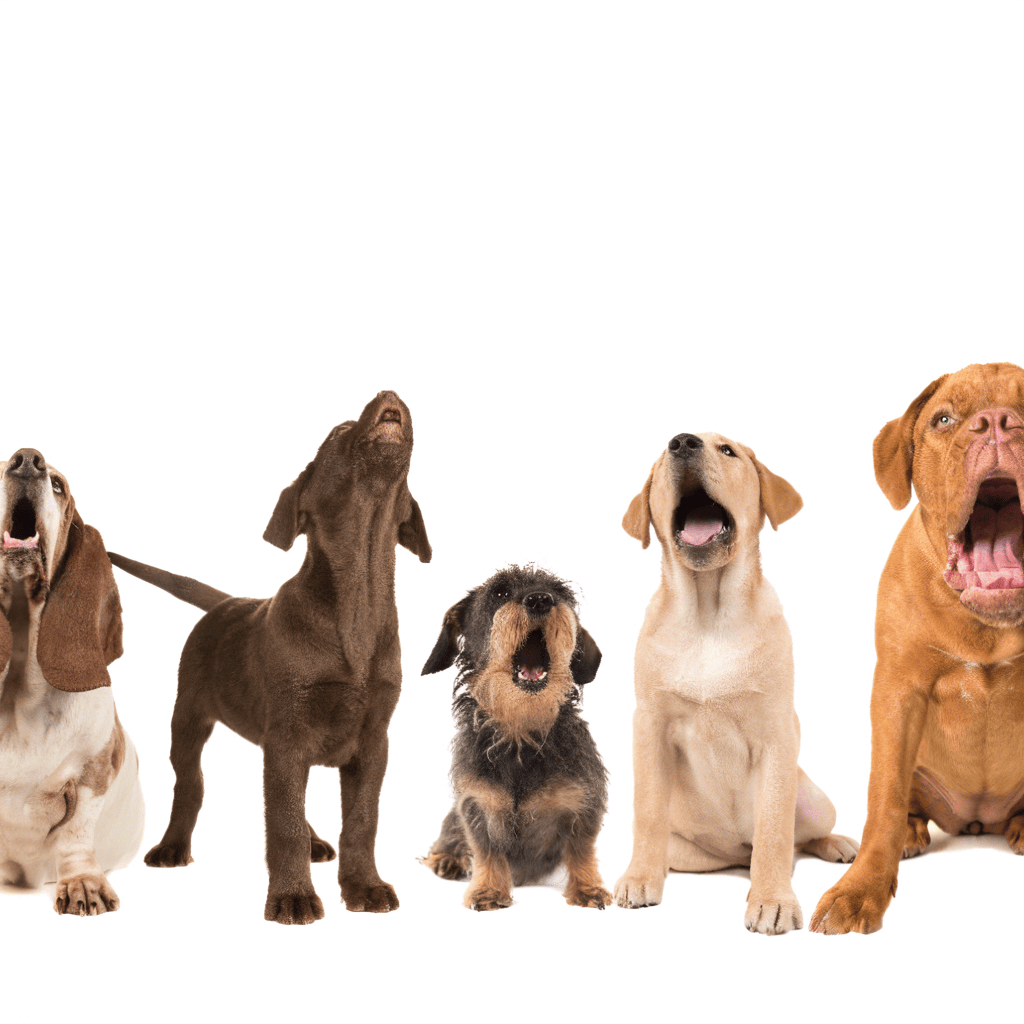
I’ve worked with countless whining puppies in my decades as a dog trainer. One puppy, Penny, was a golden retriever who lived in an apartment building. Her whining was constant! It got to the point where the neighbors were complaining.
When Penny’s family was away, they would log on to their security cameras. They could hear her whine for hours on end. They felt helpless. It can be so frustrating when our dogs wreak havoc while we’re away.
If this sounds familiar, there is hope for your puppy too! By using the methods I’ll share below, we trained Penny to enjoy the peace and quiet.
Whining From Your Pup’s Point of View
Puppies are exploring a whole new world. And life with you probably looks very different than the way your puppy’s life started. Newborn puppies spend all day with their littermates, their mom, and their breeders.
When your puppy joins your family, she will probably be spending more time alone than ever before. I like to be mindful of this when training a pup.
Sometimes, your puppy may express herself through whining. But excessive whining can be really challenging for us as pet parents. So let’s overcome this challenge together!
In this guide, we’ll explore the reasons behind puppy whining, training methods I use, and my best tips to prevent separation anxiety.
Why Do Puppies Whine in Their Crates?
Understanding why your puppy whines can strengthen your relationship. If you notice that your puppy only whines in her crate, then let’s start there.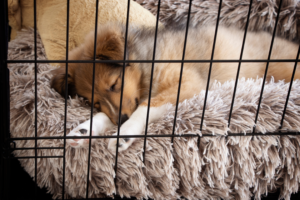
Crates are safe havens for puppies. Still, some pups take time to adjust to sleeping alone in a crate. Puppies whining in their crates is a normal behavior. In my experience, most puppies need a while to make this transition.
Think of this time as a wonderful opportunity to practice patience.
Young puppies, especially those new to crate training, may express their discomfort, seek attention, or signal the need for a potty break through whining. I’ve also seen whining behavior result from excessive energy in puppies.
To address this, I like to be mindful of a few things. I consider my puppy’s crate size, provide mental stimulation and chew toys, and establish a consistent routine.
And remember, life in a crate might be a totally new world for your puppy. I make sure to take this transition slowly. I recommend gradually increasing alone time to help puppies relax in their crates.
First Thing’s First: Make Sure Your Puppy is Okay
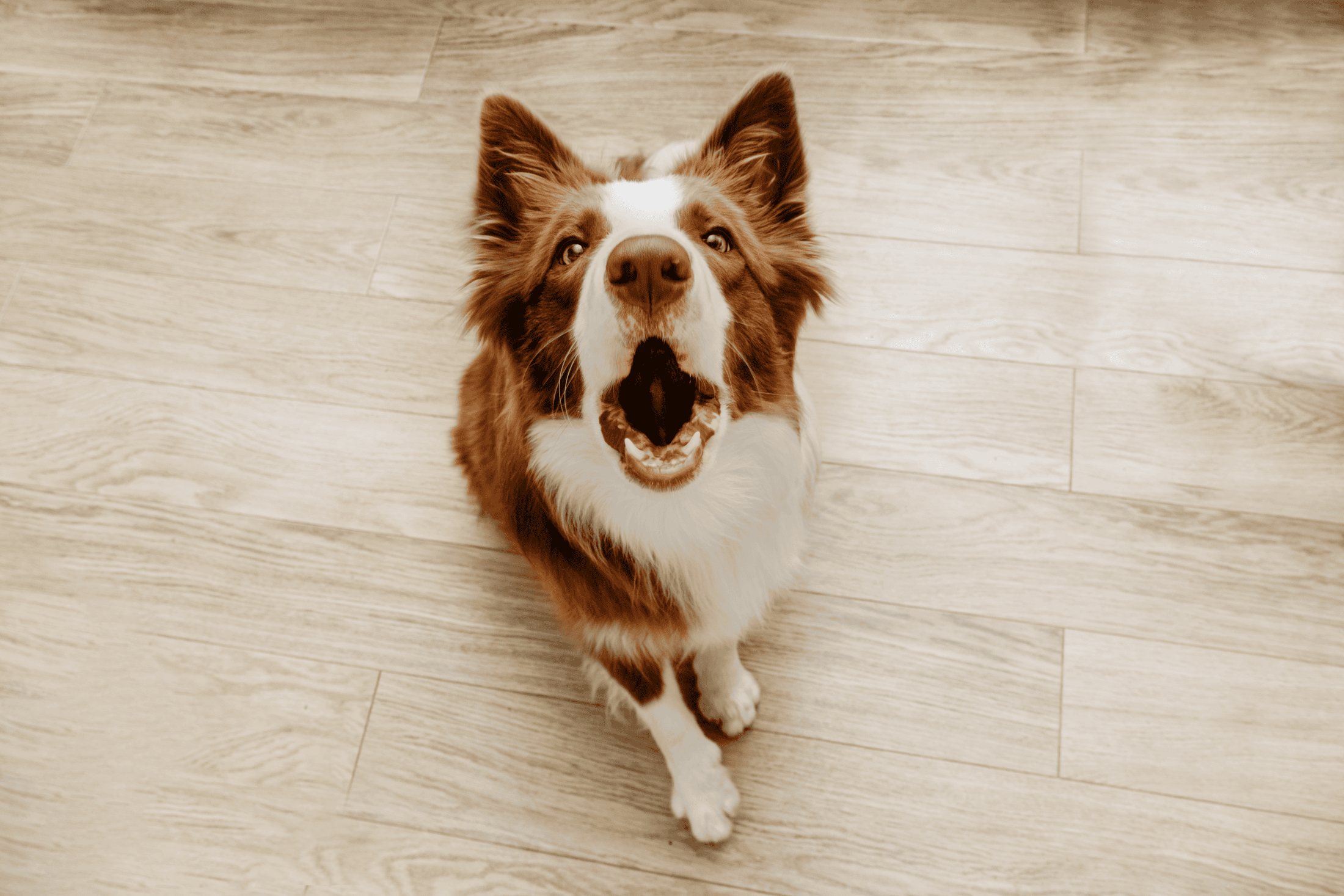
If my puppy is whining, I’m aware that it could be physical pain or discomfort. So, the first thing I do is make sure that my puppy is physically okay.
If everything seems normal, I give my puppy some reassurance while she is still inside the crate. I don’t want to teach my puppy that whining will always get her out of the crate. I would have a very whiny puppy on my hands if I did that!
So I will speak some encouraging words to her. I’ll let her know, “You’re okay in there. I am right here. You are going to be okay.” I also like to give her some TTouches through the door.
This shows her that she can relax in the crate. She knows I am nearby, which might be all she needs to calm down.
If They Need to Go Potty
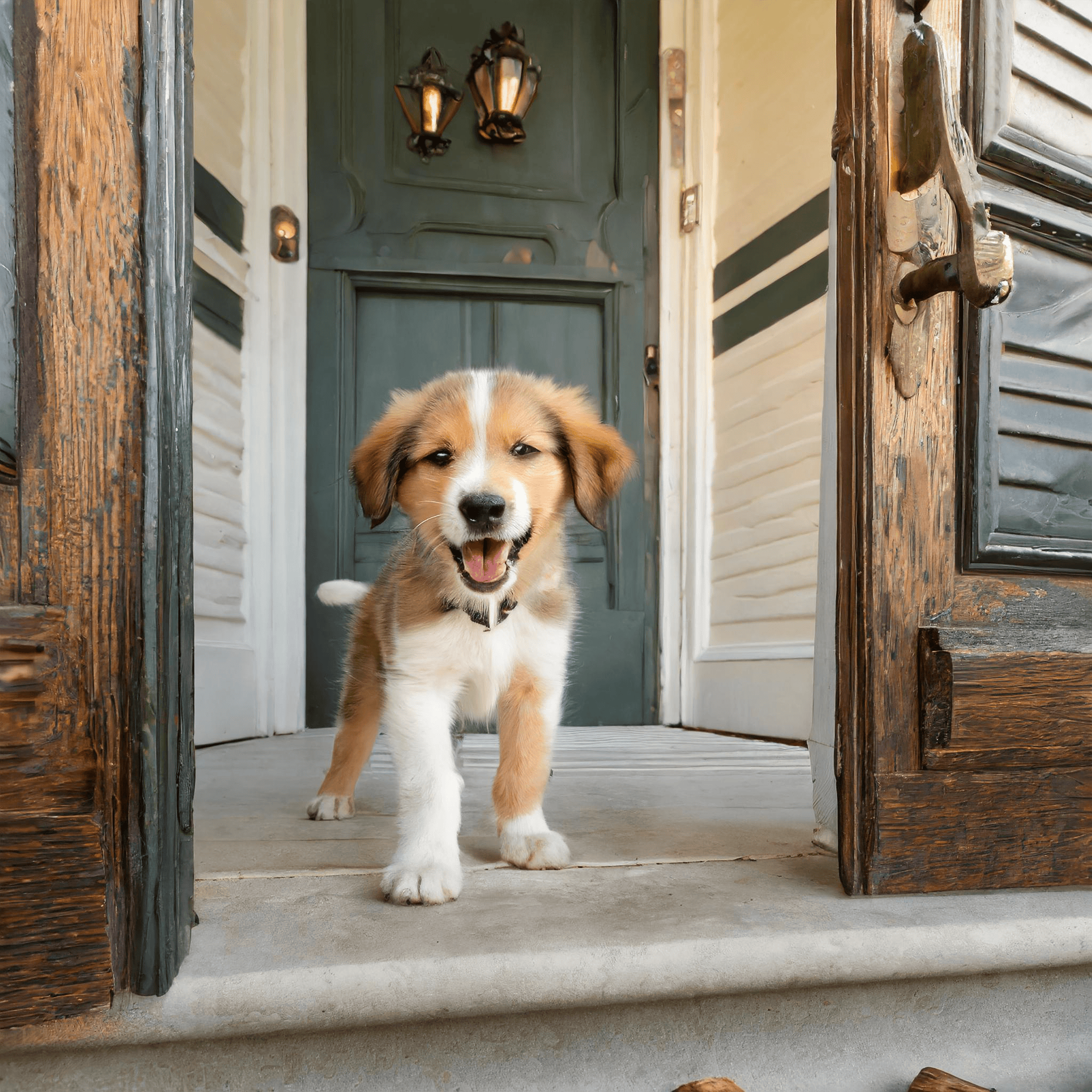
Puppies have tiny bladders. And they don’t develop the muscles they need to “hold it” until they are older. So, your pup might be whining because she needs to go potty. Here is how often puppies should be given a potty break:
-
Every 1-2 hours. This depends on your puppy’s age. An 8-week-old puppy will need to go at least once an hour. As your puppy ages, she will be able to wait longer and longer periods between bathroom breaks. I like to set an alarm to go off every hour for those first few weeks as a reminder.
-
After meals and naps
-
During or right after playtime
-
First thing in the morning
-
Right before you go to bed
Seeking Attention
When your pup starts whining for attention, it’s like she’s telling you, “Hey, I need some love!” It’s normal for puppies to express themselves by whining, but we’ve got to guide them on how to do it right.
So, if your puppy’s whining is all about getting your attention, you want to be mindful of your timing. I like to wait for a moment of silence before giving my puppy attention.
Even if there’s only a second of quiet behavior, that’s your cue! Give your puppy plenty of attention with a quick 1 minute training session.
When your puppy’s chilling out, that’s a great moment to give him some props. You can even say something as simple as “Thank you so much for being calm and quiet!” Then, spend some time together to remind your pup that you love giving him attention.
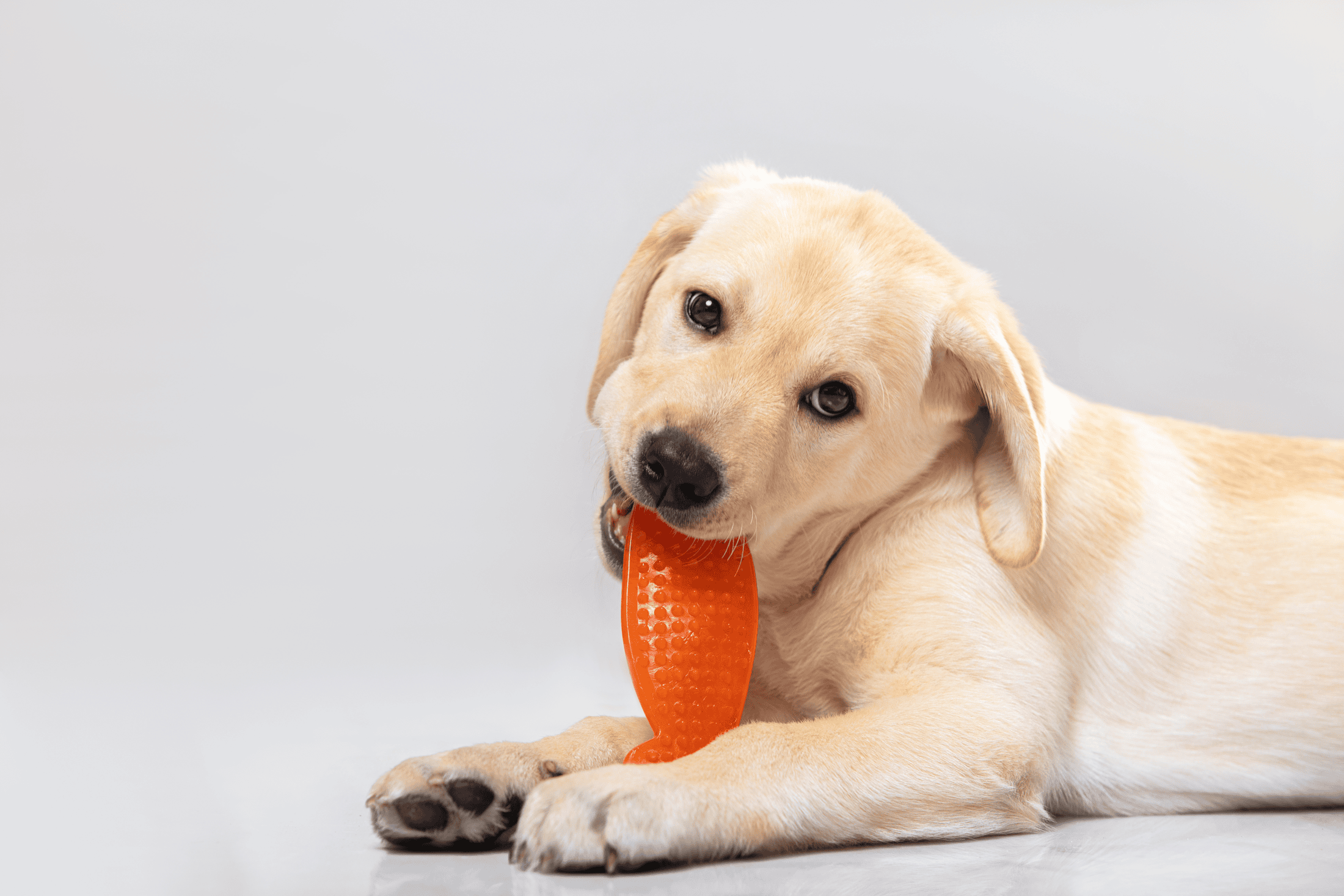
I also like to toss in some fun toys, throw in a bit of mental gymnastics, and voilà – my puppy’s focus shifts away from the whining and onto something way more entertaining.
Here are some ways I like to keep my puppy’s mind busy:
-
Interactive Toys: I like toys that dispense treats or require problem-solving skills to access treats.
-
Puzzle Feeders: I also like puzzle feeders or interactive food-dispensing toys. These require your puppy to work for their food, keeping her mentally stimulated.
-
Sensory Games: Set up sensory games that encourage exploration. You might hide treats around the house or in a puzzle toy for your pup to sniff out.
Pick the Right-Size Crate
Getting the right-size crate for your puppy is a big deal – it’s all about his comfort and happiness!
A too-small crate can make your pup feel cramped up and anxious. I’ve found that this can make whining worse.
And let’s not forget the opposite problem. A crate that’s too big might lead to accidents inside the crate. This can mess with your pup’s potty training and cause more whining.
Aim for a crate that gives your puppy plenty of room to:
-
Stand
-
Turn around
-
Lay down
My solution? I like to purchase an adjustable crate! You can move the divider as your pup grows. It’s the perfect way to make sure your puppy’s crate is always the right size.
How I Get My Puppy to Stop Whining in Her Crate
Alright, let’s talk about tackling those whiny moments. Remember: If your puppy is whining to express that he is hurt or needs to go potty, then take care of that right away.
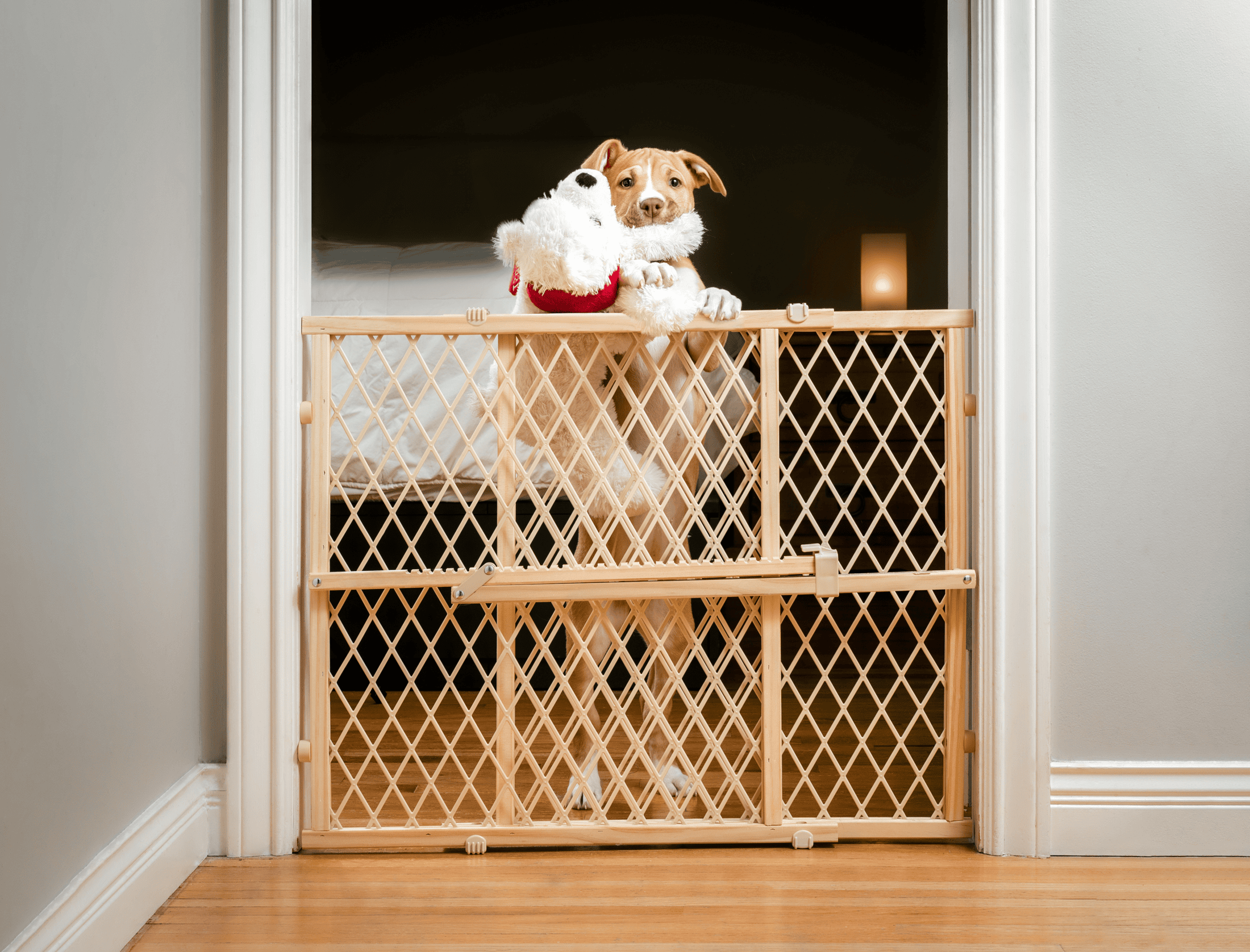
It’s a bit different when your puppy is in his crate whining for attention. In this case, prevention is the name of the game. So, how do I prevent whining for attention?
First things first, consistency is key. I train my dog multiple times a day, for just 1 minute at a time. I’ve found that this really improves our communication. So, when I ask her to please stop whining, she listens readily.
Here are some other tips I recommend:
-
Make your pup’s crate cozy! Toss in some treats, toys, and a soft bed.
-
Stick to a routine. Dogs LOVE routine. Regular meal times, potty breaks, and play sessions help pups feel secure.
-
When the whining starts, hold off on the attention for a sec. Wait until there’s a moment of calm before swooping in.
-
Got a pup with separation jitters? Start with short spurts of crate time and gradually work up. Ease into it, one step at a time.
-
Keep that little brain busy! Toys and games are the perfect distraction to keep puppies entertained.
-
Remember the importance of exercise. A tired pup is a happy pup, and less likely to be a whiny one.
With patience and a consistent approach, your pup can feel safe and secure in her crate, one quiet moment at a time.
If Your Puppy Whines with Excitement
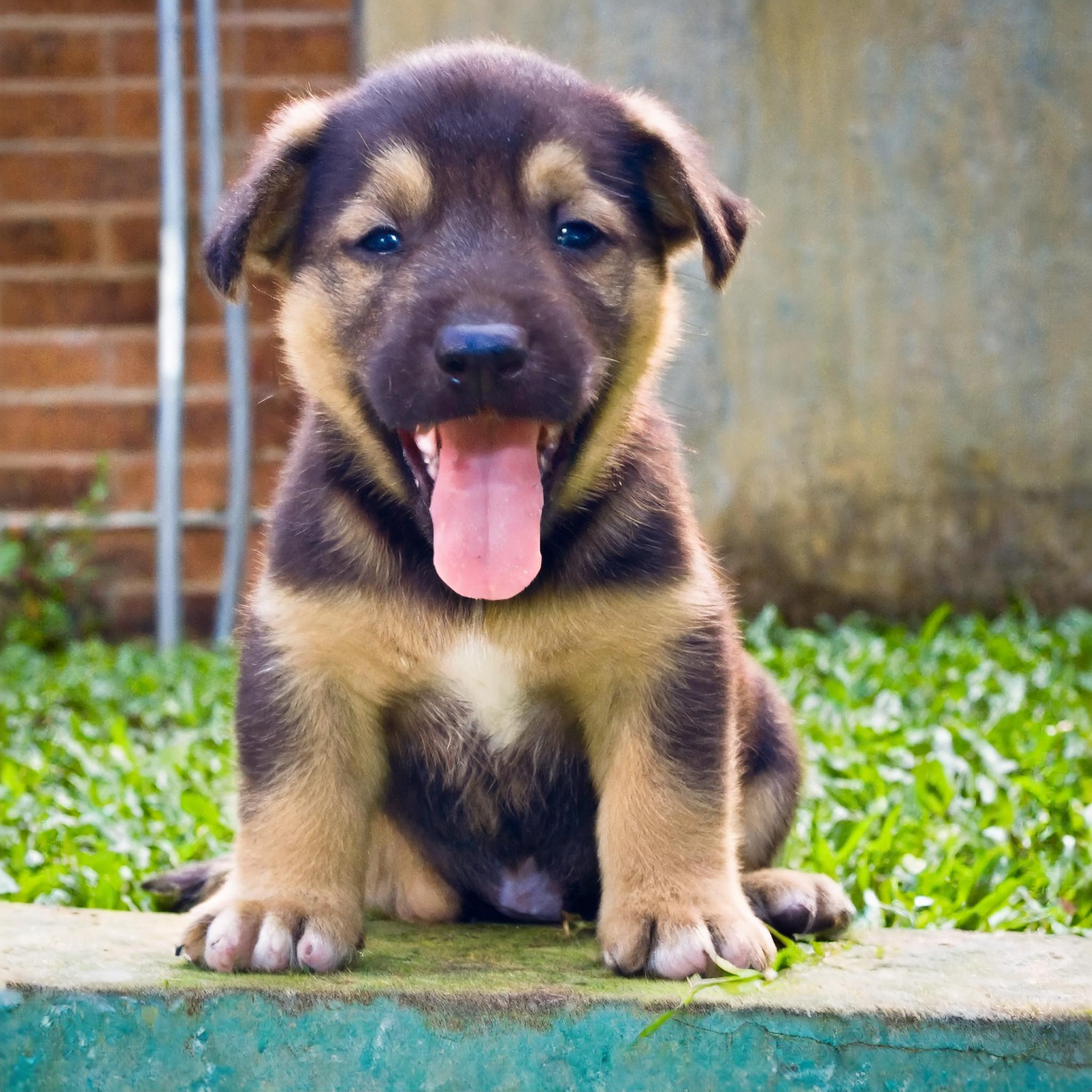
I personally love the moment I’m greeted by my dog’s whining when I come home. I can practically hear her saying “Oh my gosh I’ve missed you so much and I’m so happy to see you!”
If my dog whines excessively, I ask her to calm down. In a complete sentence, I’ll say “Okay let’s calm down now. I’m home and everything is okay.” Then, I’ll do some ear TTouches to help her relax.
Give Your Puppy Plenty of Exercise
When it comes to puppy whining, exercise is a game changer! It’s like hitting the reset button on their energy levels, giving them an outlet to burn off all that excess steam.
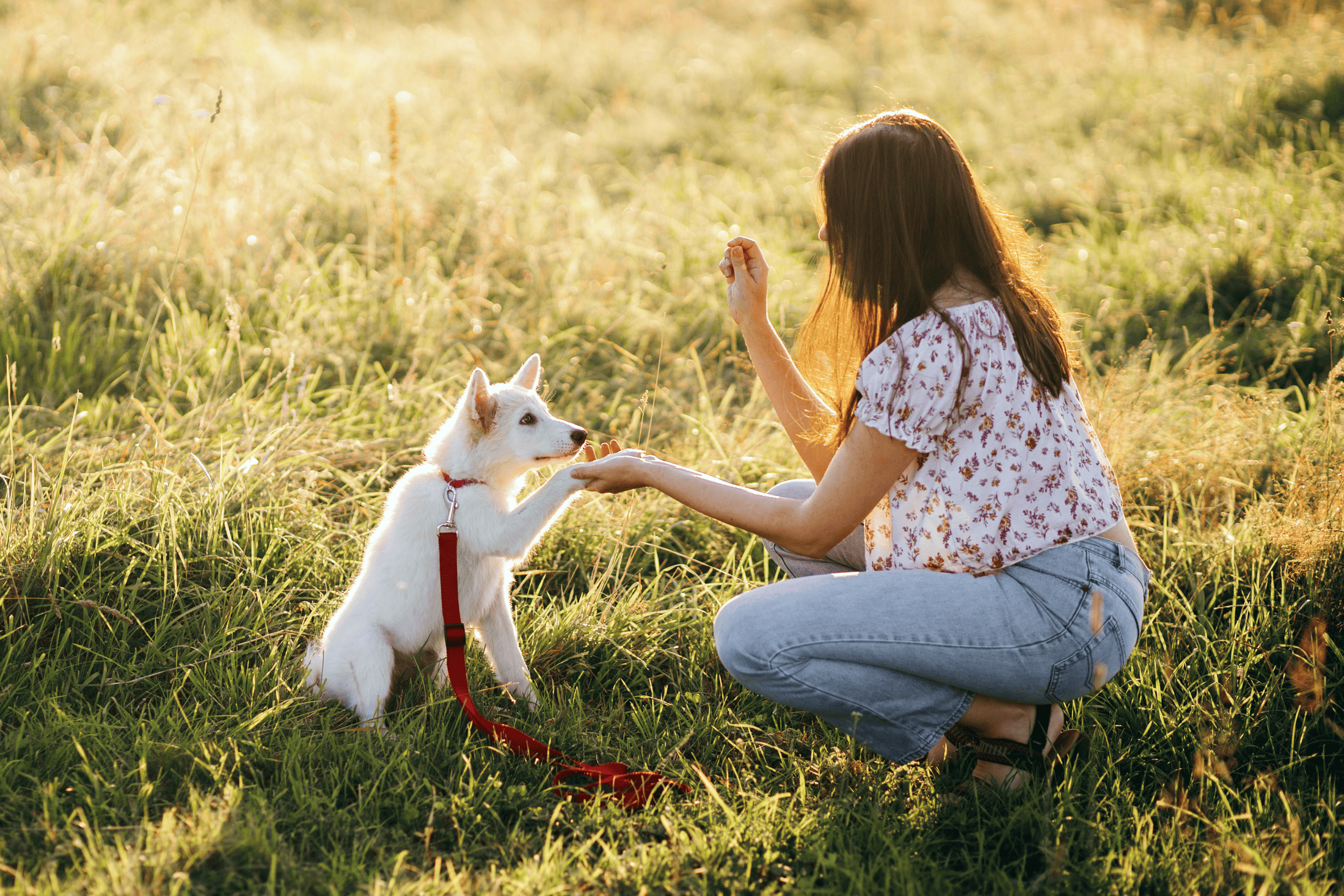
Whether it’s a game of fetch in the backyard or a stroll around the block, exercise is key to keeping your pup content and calm. So, lace up those sneakers, grab the leash, and hit the great outdoors!
If you don’t have much time to spare, then a 1 minute training session is the perfect solution. Just spend 60 seconds working on basic skills like sit, stay, and come. Mental exercise will calm a puppy down just as much as physical exercise!
Final Thoughts
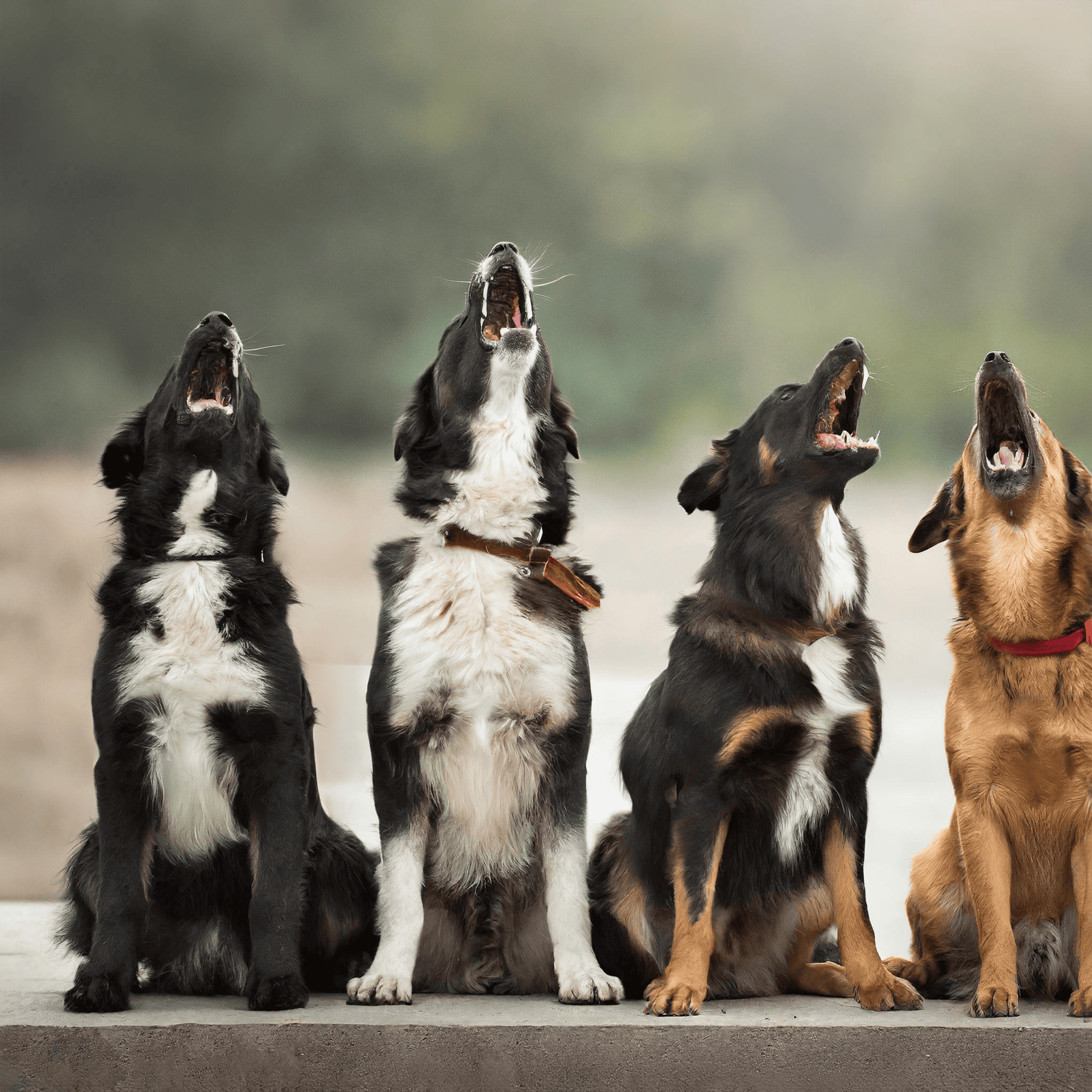
Remember, our pups rely on us to understand their needs. From adjusting to their new home to expressing excitement or seeking attention, whining is their way of communicating with us.
By creating a safe, comfortable environment, establishing routines, and providing mental and physical stimulation, we can help our pups feel secure and content. Consistency, patience, and positive reinforcement are our best tools in guiding them through this exciting and new phase of their lives.
Together, you can navigate the ups and downs of puppyhood. Through it, you can build a strong bond and a beautiful relationship!
Do you want to learn more about how to improve your relationship with your puppy? Sign up to watch our free videos now! You can also check out our handy guides for all things puppy parenting.






